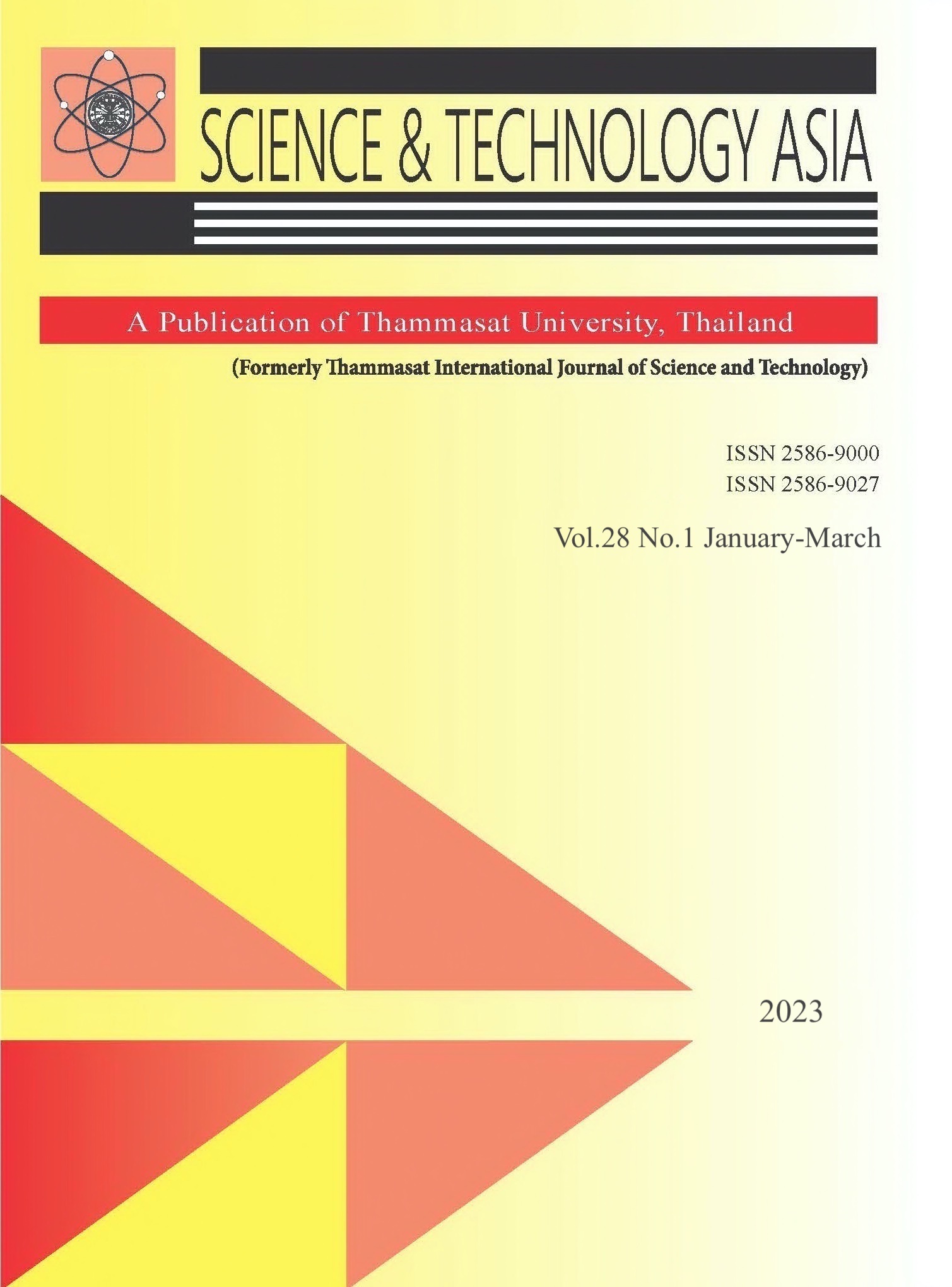Laboratory Experiments for Devising a Hybrid Seawall
Main Article Content
บทคัดย่อ
A seawall structure is the final line of defense for coastal conservation against erosion due to sea waves. The existing seawall design practices require dredging coastal resources such as sand or use heavy rubble mounds for construction. In this study, lab experiments to assess the energy dissipation performance of three types of seawalls is presented. The first set of tests are carried out on concrete blocks in armour layer, in the second set, geosynthetic encapsulating particulate material is studied. The experiments indicated that the surface properties, as well as fill properties, affect wave energy dissipation. Therefore, a hybrid seawall was devised combining the advantages studied in previous experiments. The locally available and highly permeable coir geotextile is incorporated along with the geosynthetic sandbags to form a novel geocomposite. The composite was tested for multiple orientations to determine that permeability, an essential property for wave energy dissipation, lies in the range of 0.02m/sec to 0.105 m/sec, which is very high. The experimental results indicate the possibility of pilot study for better understanding of performance of a sustainable composite
seawall.
Article Details

อนุญาตภายใต้เงื่อนไข Creative Commons Attribution-NonCommercial-NoDerivatives 4.0 International License.


